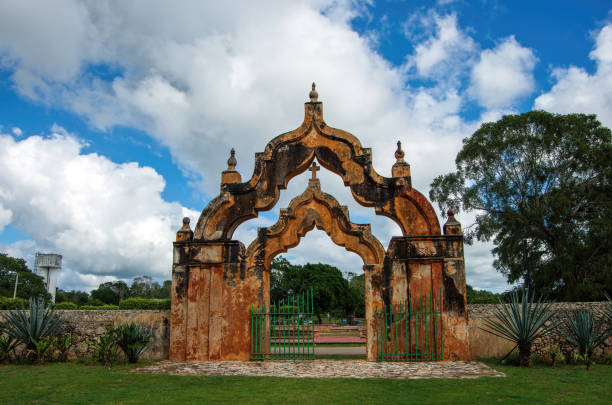Whether you’re restoring a historic home, designing a heritage-inspired space, or simply in love with timeless aesthetics, understanding historic paint colors by era can help you create authentic, evocative interiors. From Colonial-era simplicity to the opulence of Victorian style, every historical period had its own distinct palette—and many of these hues remain beloved today. In this guide, we’ll explore key eras and the iconic paint colors that defined them, including the enduring appeal of sand-colored paints.
Colonial Era Paint Colors (1600s–1800s)
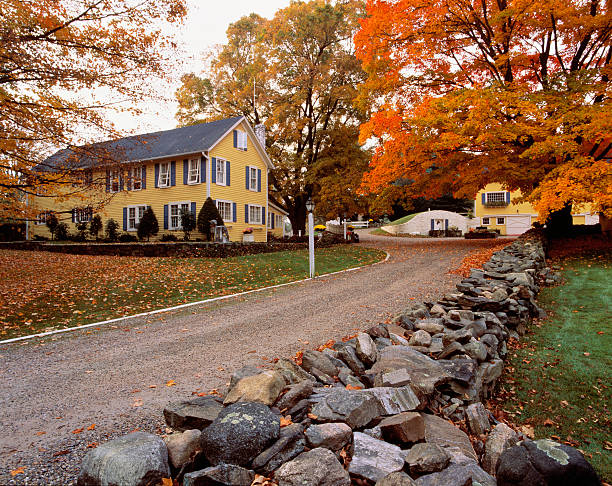
The Colonial period embraced muted yet natural tones drawn from local pigments. Paint was often hand-mixed, resulting in earthy and subdued finishes.
Popular Colonial Paint Colors:
Deep ochres and muted greens
Colonial blues, especially soft indigo tones
Brick red, buttercream yellow, and warm sand shades
Interior Tips:
Use colonial paint colors interior like light sand color paint, sage greens, and off-whites in living areas to replicate the simple elegance of this period. The colonial color palette emphasized practicality and natural elements, which makes it perfect for modern rustic or farmhouse styles.
Recommended:
SW Classic Sand (a warm neutral sand paint color perfect for Colonial-style walls)
Victorian Era Paint Colors (1837–1901)
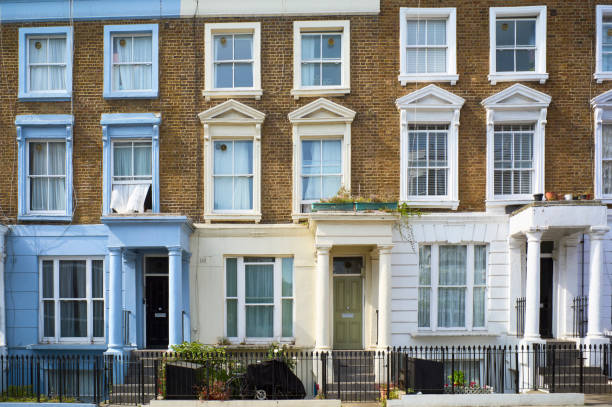
The Victorian period brought rich, moody hues and ornate interiors. Bold colors reflected wealth, status, and the influence of global trade.
Popular Victorian Paint Colours:
Jewel tones: emerald green, burgundy, royal blue
Muted pinks, deep golds, and sage greens
Victorian wall colors often included damask rose, dusty lilac, and sand wall color with decorative molding accents
Interior Tips:
Blend victorian style colors like rich green or burgundy with sand color paints to tone down the drama while maintaining historic charm. You can also use modern Victorian paint colors to give your home a timeless yet updated feel.
Arts and Crafts Movement (1880s–1920s)
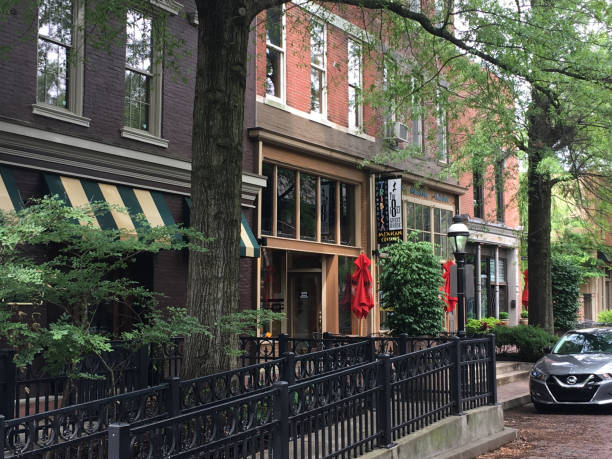
This era emphasized craftsmanship and natural materials, reflected in earthy, nature-inspired hues.
Signature Arts and Crafts Paint Colors:
Terracotta, burnt sienna, olive green
Creamy beiges and sand paint color for walls
Muted navy and rust tones
Interior Tips:
Use arts and crafts paint colors to highlight woodwork, cabinetry, and trim. Sand-colored paint works beautifully as a base, creating a grounded and serene space.
Mid-Century House Colors (1940s–1960s)
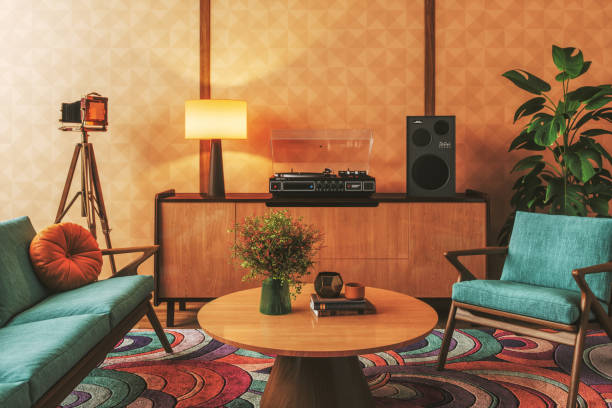
Mid-century modern design introduced bolder contrasts and innovative color pairings.
Typical Mid-Century Colors:
Teal, avocado green, mustard yellow
Neutral foundations with sand paint colors and beige walls
Pops of coral or turquoise
Interior Tips:
Create a balanced, retro-inspired space with a light sand color paint on the walls and brightly colored furniture or artwork.
Using Sand Paint Colors in Any Era
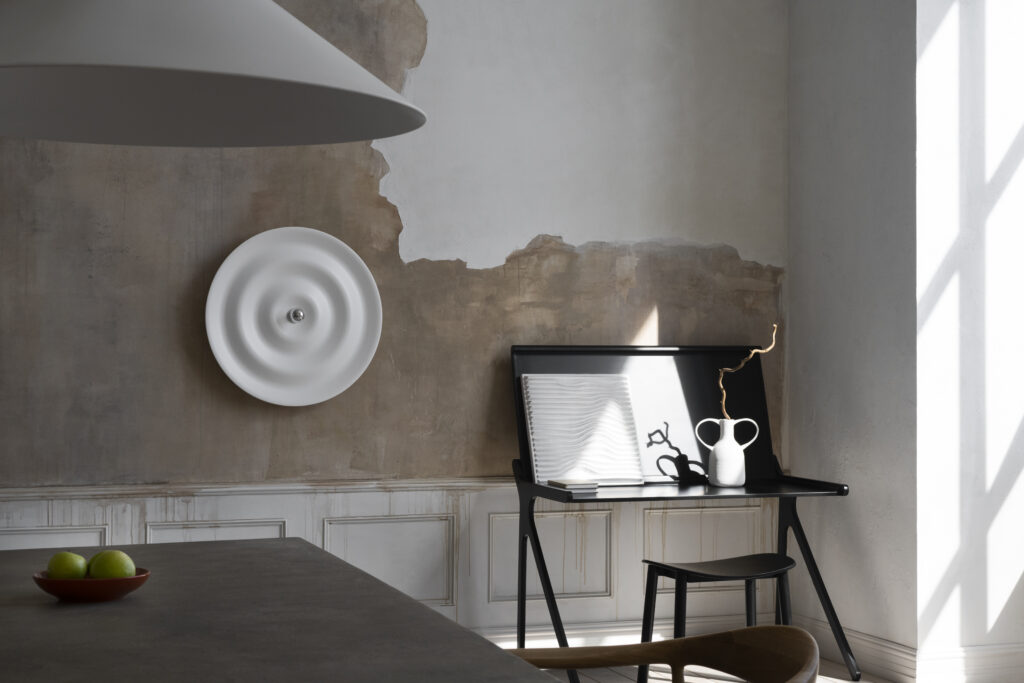
Sand-colored paint is one of the most versatile historical and modern colors. Its warm, neutral tone works beautifully as a backdrop in both vintage and contemporary designs.
Benefits of Sandy Paint Colors:
Complements both bold and muted palettes
Works in Colonial, Victorian, and Mid-Century interiors
Pairs well with wood, brass, and stone accents
Variations to Try:
Paint color sand (natural beige undertone)
Sandy paint colors (with hints of peach or gold)
Sand color wall paint for living rooms, bedrooms, or kitchens
Final Thoughts: Choosing the Right Historical Color Palette
Whether you’re restoring a heritage property or adding timeless charm to a modern home, selecting from historical paint colors ensures character and authenticity. From the richness of Victorian paint color to the simplicity of colonial interior paint colors, each era offers a unique aesthetic.
If you’re unsure where to begin, consider using a neutral base like sand paint color—then build around it with period-accurate hues.
Frequently Asked Questions
Historic paint colors refer to shades and tones used in specific architectural eras, such as Colonial, Victorian, and Mid-Century. These colors often reflect natural pigments, period trends, and regional influences.
Colonial homes often featured muted, natural colors like ochre, sage green, soft indigo, buttercream yellow, and warm sand. These tones were inspired by local materials and hand-mixed pigments.
Victorian paint colors are known for rich jewel tones, muted pastels, and deep earth tones. Common shades include emerald green, burgundy, dusty rose, and sand-colored wall paints with detailed trim.
Yes, sand-colored paint has been used across multiple eras including Colonial, Arts & Crafts, and Mid-Century homes. It’s a versatile neutral that pairs well with both historic and modern styles.



